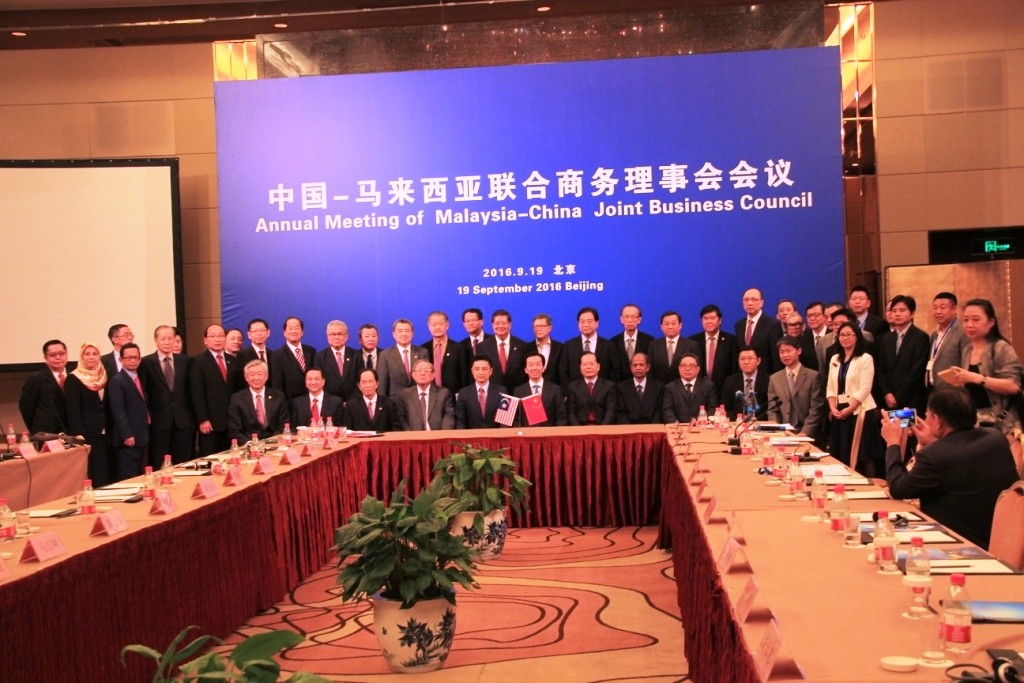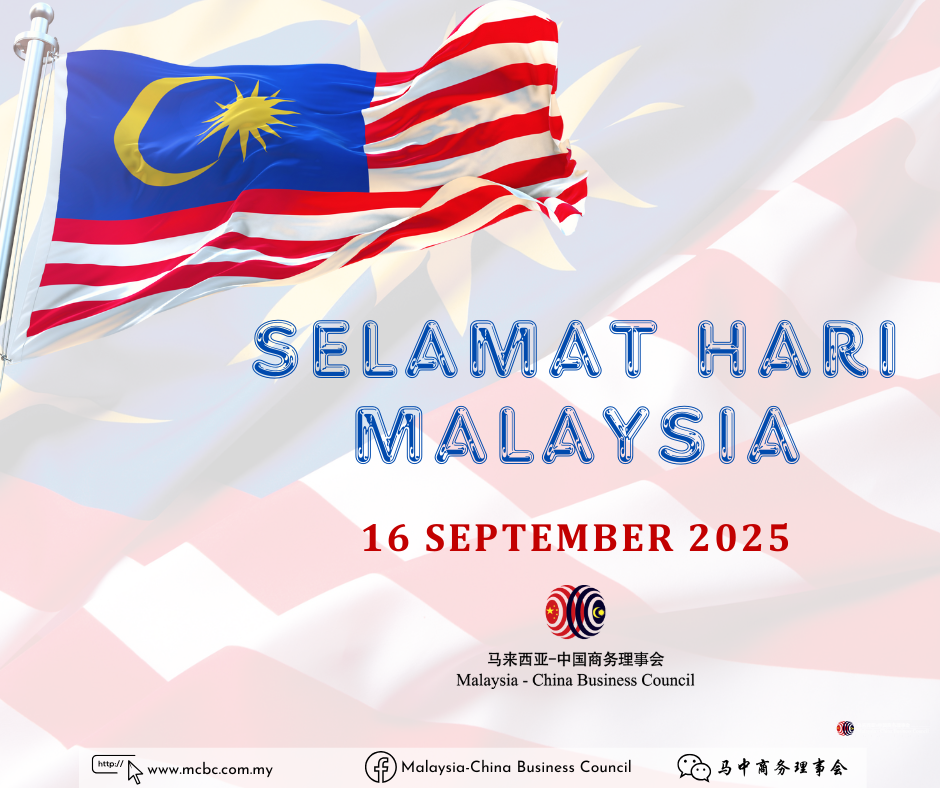BEIJING: Digital economy can help realise the Malaysia-China bilateral trade goal of US$160bil (RM660bil) amid sluggish economy, says Tan Sri Ong Ka Ting.
Malaysia can draw inspiration from China’s impressive achievements in the realm of digital economy, said the Malaysia-China Business Council (MCBC) chairman.
“Last year, the e-commerce platforms in China recorded transactions worth 3 trillion yuan (RM1.86 trillion) and is expected to double in the next three years.
“It is simply magnificent,” Ong said at the annual meeting of the Malaysia-China Joint Business Council.
Started in 2002, the joint council is made up of MCBC and its Chinese counterpart, China Council for the Promotion of International Trade (CCPIT). The original trade goal of US$160bil (RMRM660bil) between Malaysia and China was set to be achieved by 2017, but it looks unlikely to materalise in time due to economic slowdown.
Chinese statistics showed two-way trade decreased 4.6% to US$97.2bil (RM382.7bil) last year.
Malaysia has been China’s largest trading partner in Asean for eight consecutive years.
Ong, also the Prime Minister’s special envoy to China, said digital economy could play a significant role in complementing the traditional industries.
“While we continue our cooperation in the conventional sectors, we can also look at digital economy, a creative, modern sector, to help businesses penetrate into a wider market,” he added yesterday.
He added that Malaysia was ready to embrace digital economy, as evident by the fact that Malaysia was ranked second among Asean countries in terms of Internet penetration, after Singapore.
CCPIT deputy chairman Wang Jinzhen said the two countries could explore the possibilities of setting up an e-commerce platform together.
“The cost of doing business online is lower compared to the traditional ways,” he said.
The 50-strong Malaysian delegation at the meeting comprised of representatives from MCBC, Associated Chinese Chambers of Commerce and Industry and Malaysia (ACCCIM) and Government agencies.
Among these were Malaysian Timber Council, port authorities and real estate developers.
The Chinese side was represented by more than 100 people, including top management from state-owned enterprises, developers, construction giants, industrial parks and investment companies.
BY THO XIN YI
(Source: The Star, 20 September 2016)




